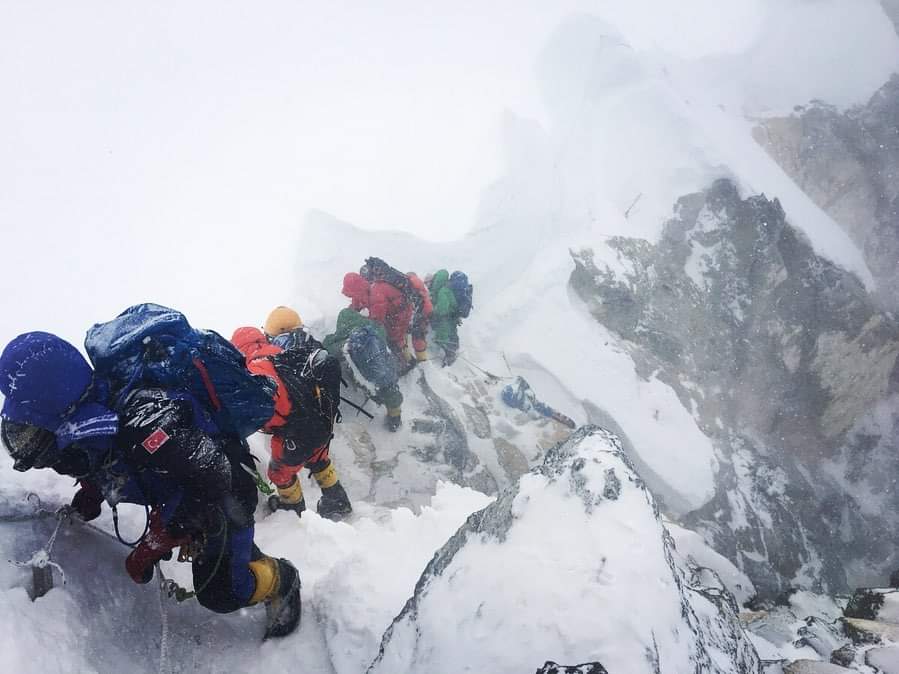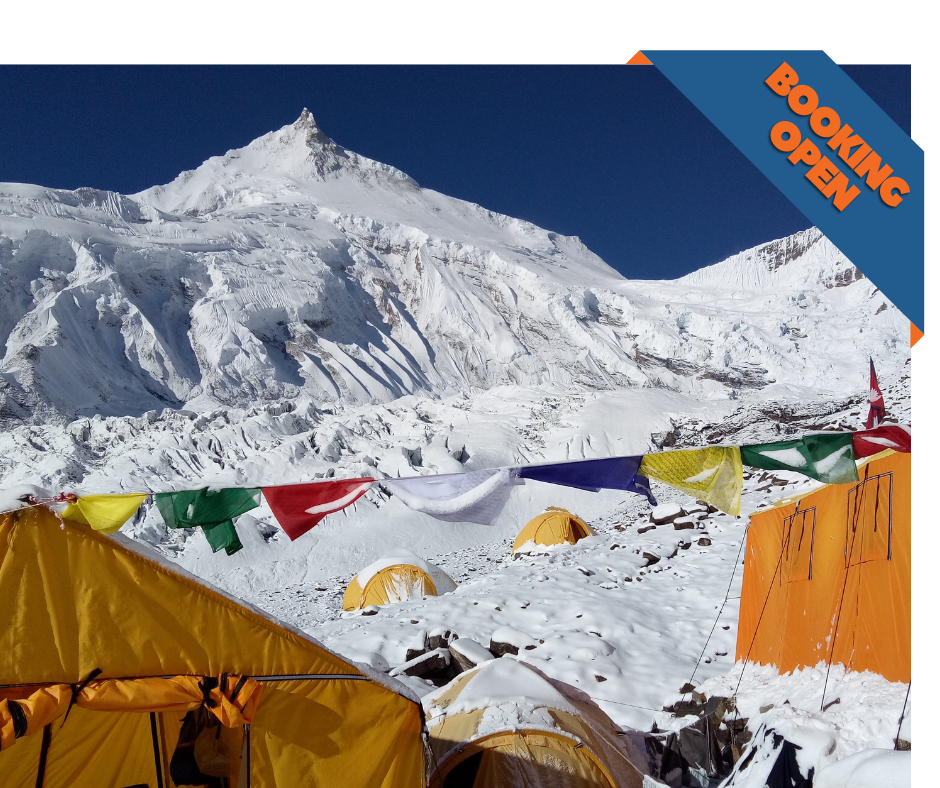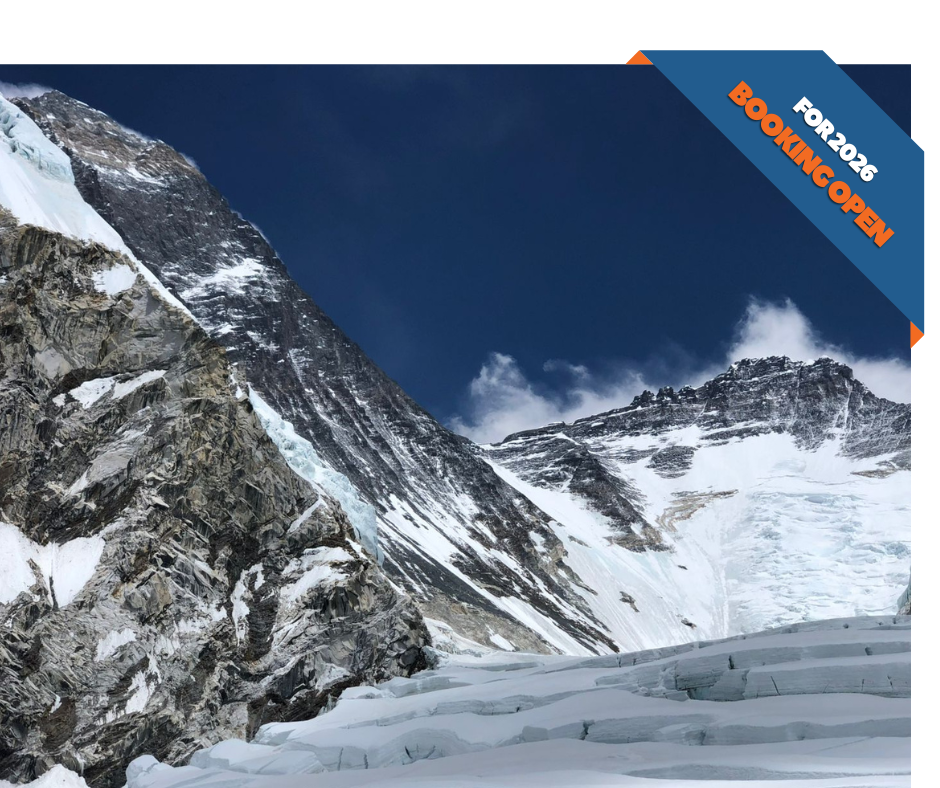Reaching altitudes over 8,000 meters (26,247 feet) is indeed one of the ultimate challenges in mountaineering. These heights are found in some of the most formidable mountain ranges on Earth, including the Himalayas, Karakoram, and Andes. Peaks like Mount Everest, K2, and Kangchenjunga not only represent physical challenges but also test climbers’ mental and emotional resilience.
Climbing at these elevations poses several serious difficulties. The extreme weather conditions can include fierce winds, sudden storms, and frigid temperatures, which can be life-threatening. Additionally, the air pressure is significantly lower at these altitudes, leading to dangerously low oxygen levels that can result in acute mountain sickness or even more severe conditions like high-altitude pulmonary edema (HAPE) and high-altitude cerebral edema (HACE).
The technical difficulties involved in climbing these peaks often require advanced skills in ice and rock climbing, as well as the ability to navigate treacherous terrain, including crevasses and steep icy slopes. Due to these challenges, only highly experienced and well-equipped mountaineers typically attempt such ascents. Comprehensive preparation is essential, involving rigorous physical training, acclimatization to high altitudes, and careful planning of logistics and support.
Most climbers rely on the expertise of experienced guides and teams, who provide invaluable knowledge of the terrain, assist with navigation, and ensure safety. In many cases, these expeditions also involve the use of supplemental oxygen to help climbers cope with the thin air, further emphasizing the extreme nature of climbing at these heights. Overall, summiting an 8,000-meter peak is not just a test of physical ability but also a demonstration of endurance, teamwork, and respect for the mountain environment.
8000ers.
- Standing at 8,848 meters (29,029 feet), Mt. Everest is the tallest mountain on Earth. Everest attracts climbers from around the world due to its iconic status, but it is notoriously challenging due to extreme altitude, unpredictable weather, and the often-heavy traffic of climbers. The mountain straddles the border between Nepal and the Tibet Autonomous Region of China. The normal route for climbing Everest are southwest route from Nepal and Northeast route from Tibet.
- Standing at 8,611 meters (28,251 feet), K2 is the second highest mountain in the world. It is known for its severe weather conditions, technical climbing challenges, and high fatality rate, making it one of the most difficult and dangerous mountains to climb. Located in the Karakoram range on the border between Pakistan and China, K2's harsh environment and complex climbing routes contribute to its reputation among mountaineers.
- Kangchenjunga is indeed a significant peak, standing at 8,586 meters (28,169 feet). It is the third highest mountain in the world, after Mount Everest and K2. Located on the border between Nepal and the Indian state of Sikkim, Kangchenjunga is known for its stunning beauty and challenging climbing conditions
- Lhotse, the fourth highest mountain in the world, standing at 8516m.(27940ft.), is the neighbour mountain of everest. It is located in Mahalangur mountain range in Nepal. The standard route for climbing Lhotse is usually approached via the same route as Everest, which involves ascending the Khumbu Icefall, the Western Cwm, and the Lhotse Face. Lhotse’s south face is one of the world's most impressive and daunting vertical icy walls, making it a significant challenge for climbers. Many climbers attempt Lhotse as part of their Everest expedition to maximize their acclimatization and climbing experience in the region.
- Makalu, the world's fifth highest mountain, standing at 8485m.(27838ft.), is konown for a challenging peak due to its steep, sharp ridges and technical difficulty. This mountain is located in the Mahalangur Himal range of Nepal, near the border with Tibet, Makalu is known for its isolated position and extreme weather conditions. The "Makalu Shar" is famous for it's steep and rugged ridges, poses significant challenges for climbers. The combination of harsh weather, high altitude, and technical demands contributes to its high fatality rate compared to other peaks in the same range.
- Cho Oyu is standing at 8188m (26864ft.), is the sixth highest peak in world, located in mahalangur range of himalayas on the border between Nepal and Tibet. The normal climbing route of this mountain is north-west ridge from tibet side. This mountain is considered one of the more accessible 8000-meter peaks, Cho Oyu is often used as a stepping stone for climbers who are preparing to attempt Everest due to its relatively less technical difficulty compared to other 8000ers
- Mt. Dhailagiri is considered as challenging peak, standing at 8167m (26795ft), is loacated in Myagdi district of western Nepal. It is the 7th highest peak in the world, known for its severe weather and technical difficulty.
- Mt. MANASLU, part of the Mansiri himalayan Range proudly as the eighth highest peak in the world, at an elevation of 8163 meters above sea level(26781ft.). Manaslu means "mountain of the spirit" and the word is derived from the Sanskriti word manasa, meaning "intellect" or "soul". The mountain also known as KUTANG by locals. Locals believe that the god named PUNGEN resides on the mountain. The Manaslu Expedition is not only climbing a mountain but itself is the life changing moments for each and all climbers try to conquer it. Mt. Manaslu expedition is suitable for those who are seeking for training for Mt. Everest climb. This peak can be the best option for starting 14 peaks mission.
- Nanga Parbat (8126m, 20660ft.) is world's ninth highest mountain located in pakistan karakorum range, known as the "Killer Mountain," Nanga Parbat has a reputation for severe conditions and challenging climbs.
- Annapurna I (8091m, 26445ft. ) is located in Annapurna mountain range in North-central part of nepal. It is 10th highest peak in the world, known for its high fatality rate and it’s particularly challenging due to its severe weather conditions, frequent avalanches, and technical climbing demands.
- Gasherbrum-I is 11th highest peak on the world standing at 8080m. 26509ft. also known as Hidden Peak. It is loacated in the Karakoram range of Pakistan. This mountain is known fro its technical challenges and its remote location. The main difficulty of this peak climbing are severe weather conditions, glacier terrain and the logistic challenges due to the remote location. Despite these challenges, G-I is offering both technical difficulties and breathtaking views
- Broad Peak is the 12th highest peak in the world standing at 8051m. (26424ft.) , located in the Karakoram range near K2 in pakistan. This peak is considered less technically challenging peak than K2 but still presents significant climbing difficulties. Broad peak is known for its remote location, avalanches risk and severe weather condition. Despite these challenges, Broad Peak remains a significant and rewarding climb for high-altitude mountaineers.
- Gasherbrum II (8035m. 26362ft.) is standing as the 13th highest peak in the world. G-II is considered slightly less challenging than G-I. This mountain is located near G-I in karakorum mountain range in Pakistan. It is still poses its own difficulties like harsh weather and its remote location. The ascent typically involves dealing with steep ice and mixed terrain, and the high altitude can cause severe physiological stress. Despite these challenges, Gasherbrum II is a notable achievement for mountaineers. It is often seen as a good intermediate step for climbers aiming to tackle the more demanding peaks in the Karakoram range.
- Shishapangma is the only 8000-meter peak that is entirely in Tibet. This is the 14th highest peak in the world standing at 8027m. (26335ft.) . The main challenges of this peak is getting visa and permit from the government of China due to its position in a politically sesative region. Besides of this the peak involves technical terrain, and potential avalanch risks. The relative inaccessibility and the often lengthy approach make Shishapangma a formidable objective for mountaineers.
Key Considerations for Expeditions
- Acclimatization: High-altitude climbing requires careful acclimatization to avoid altitude sickness.
- Weather: Extreme weather conditions can be a major hazard, with high winds, cold temperatures, and unpredictable storms.
- Permits and Regulations: Climbing these peaks requires various permits and adherence to local regulations. Ensure you have the necessary documentation and permissions.
- Guides and Support: Hiring experienced guides and support staff can be crucial, especially for less experienced climbers.
Each peak has its own unique challenges and beauty, and preparing for an expedition to these heights requires careful planning, physical preparation, and respect for the mountain environment.






